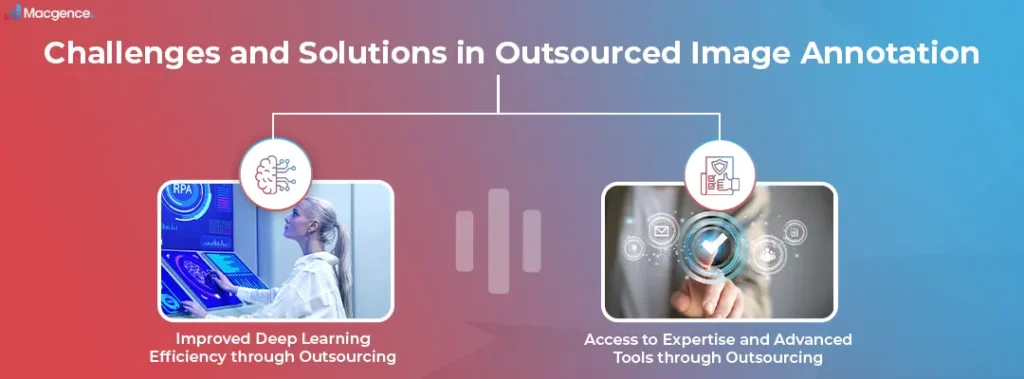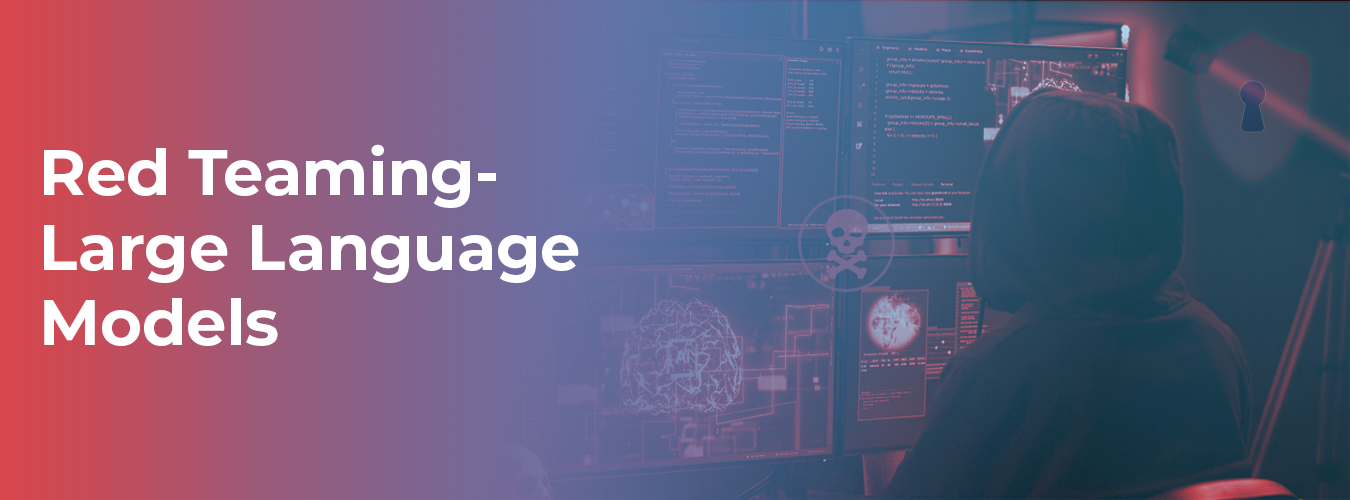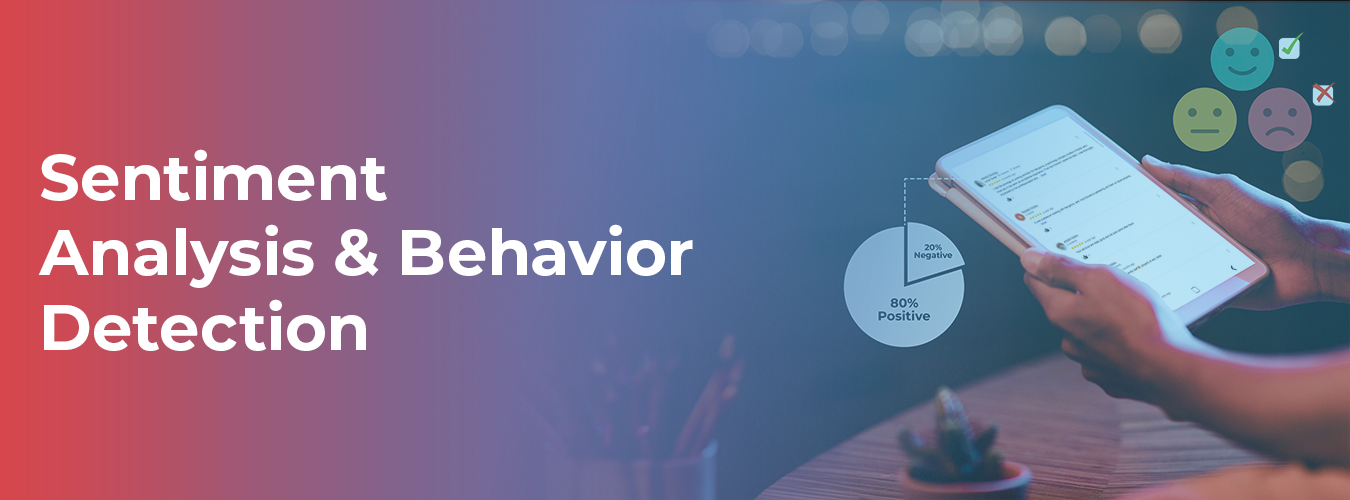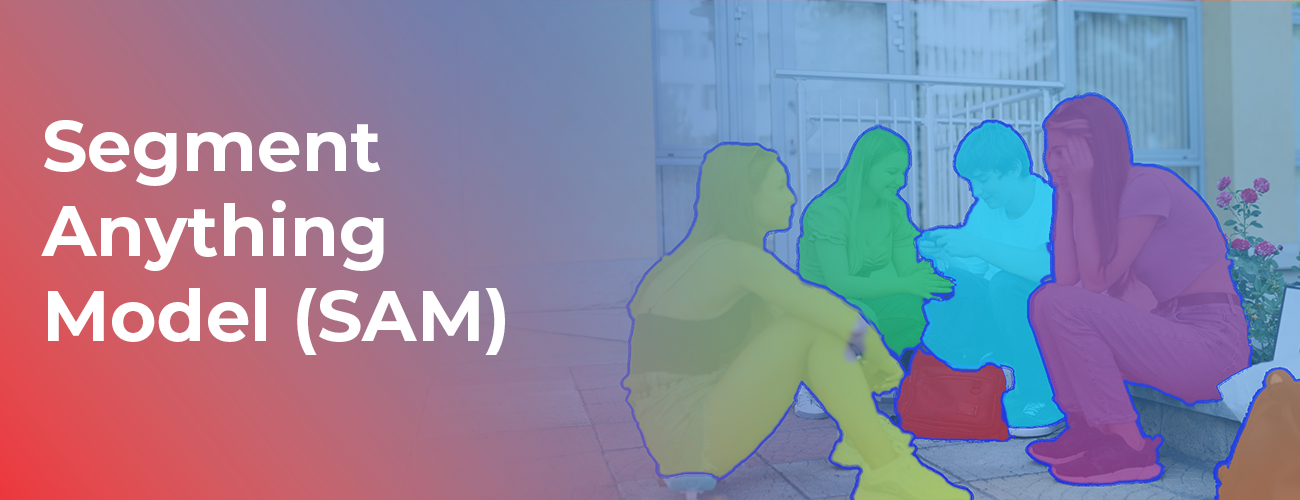Streamlining outsourced image annotation in Machine Learning invoicing necessitates a strategic approach. One effective technique is the implementation of Deep Learning algorithms for automated annotation. These algorithms can detect and annotate photos with high accuracy since they have been trained on large datasets. This reduces the need for manual involvement, enhancing efficiency.
Using active learning, a semi-supervised machine learning approach is another tactic. By including the model in the annotation process, active learning enables the model to choose the most instructive samples for annotation. This method maximizes utilizing available resources because it concentrates on annotating data that will most enhance the model’s performance.
To maximize the effectiveness of this crucial activity, we will examine in this article the best methods for outsourcing Image annotation in Machine Learning invoicing. We will also investigate how Deep Learning algorithms, active learning, and robust quality assurance procedures may all help. Furthermore, we analyze how outsourcing plays a critical role in overcoming obstacles and optimizing the advantages of Image annotation, laying the groundwork for future developments in this dynamic field.
Optimization Strategies for Image Annotation in Machine Learning Invoicing
Deep Learning techniques may be integrated to optimize Image annotation in Machine Learning invoicing. These algorithms accurately identify and label photos after training on big datasets. This automation increases operational efficiency by reducing the need for human intervention.
Active learning and other semi-supervised machine learning approaches: The most informative samples may be selected for annotation by using the model in the annotation process. This approach maximizes the use of available resources by emphasizing data annotation, which will significantly improve the model’s performance.
Quality assurance procedure: This procedure should include many review and validation phases and automatic mistake-detection technologies. Taking great care, the annotated data may become much more reliable, which will enhance the performance of the machine learning model.
Challenges and Solutions in Outsourced Image Annotation for Machine Learning Invoicing

Let’s have a look at the challenges and solution in outsourced to image annotation for machine learning invoicing-
Improved Deep Learning Efficiency through Outsourcing:
Outsourcing image annotation leverages external expertise to produce comprehensive, high-quality datasets.
These datasets improve deep learning algorithms’ ability to precisely annotate images, minimizing the need for human correction and boosting productivity.
Access to Expertise and Advanced Tools through Outsourcing:
Outsourcing provides companies with access to specialized knowledge and advanced technological tools.
This access enables the development of sophisticated machine learning models capable of accurately performing complex tasks.
As a result, outsourcing not only enhances the image annotation process but also supports the evolution of machine learning technologies and methodologies.
Cost Analysis of Outsourced Image Annotation in Machine Learning Invoicing

Although it has drawbacks, outsourcing Image annotation for machine learning billing may be a financially advantageous tactic. This method’s financial consequences depend on how well the outside teams perform, how well they can provide high-quality datasets, and how this affects the Deep Learning algorithm’s efficiency. An efficient outsourcing plan significantly lowers the need for human intervention, increasing operational efficiency and cost-effectiveness.
More cost advantages can be achieved by integrating semi-supervised machine learning techniques like active learning. Here, the model optimizes resource allocation by choosing the most informative examples for annotation. Long-term cost reductions may result from this focused strategy, expediting the annotation process while improving the machine learning model’s performance.
A crucial component of outsourcing that directly affects costs is quality assurance. An effective quality assurance procedure guarantees annotation correctness, improving the data’s reliability and the machine learning model’s performance. Automated tools for mistake identification can be used to reduce costs further and eliminate the need for manual inspections.
Why choose Macgence?
Regarding Image annotation optimization for Machine Learning Invoices, Macgence is the best service provider.
- Macgence reduces manual involvement and increases operational efficiency by automating annotation with exceptional precision by utilizing state-of-the-art Deep Learning algorithms.
- Use semi-supervised machine learning techniques such as active learning, Macgence ensures that the most informative samples are chosen for annotation, maximizing resource consumption and enhancing model performance.
- Macgence’s rigorous quality assurance procedure ensures data integrity and model dependability by using automatic error detection technologies and many review phases to assure annotation correctness.
- Macgence provides access to cutting-edge tools and specialist knowledge, enabling companies to create complex Machine Learning models that can precisely handle challenging jobs.
Conclusion:
In the ever-changing field of Image annotation for Machine Learning invoicing, cutting-edge methods such as Deep Learning algorithms and active learning have great potential to transform productivity and precision. By utilizing these techniques, businesses may increase model performance, optimize resource allocation, and expedite annotation procedures.
In the future, integrating cutting-edge technology like computer vision might further increase operational productivity and lessen the need for human participation throughout the annotation process. Businesses must keep up with these developments to stay competitive and make the most out of their machine-learning projects as the field develops.
FAQs
Ans: – Deep Learning algorithms can recognize and categorize Images with high accuracy, which minimizes the need for human interaction and increases operational efficiency.
Ans: – By including the model in the annotation process, active learning maximizes resource efficiency and enhances model performance by allowing the model to choose the most instructive examples for annotation.
Ans: – By guaranteeing the accuracy of annotations, quality assurance raises the dependability of annotated data, boosting the effectiveness of machine learning models.




